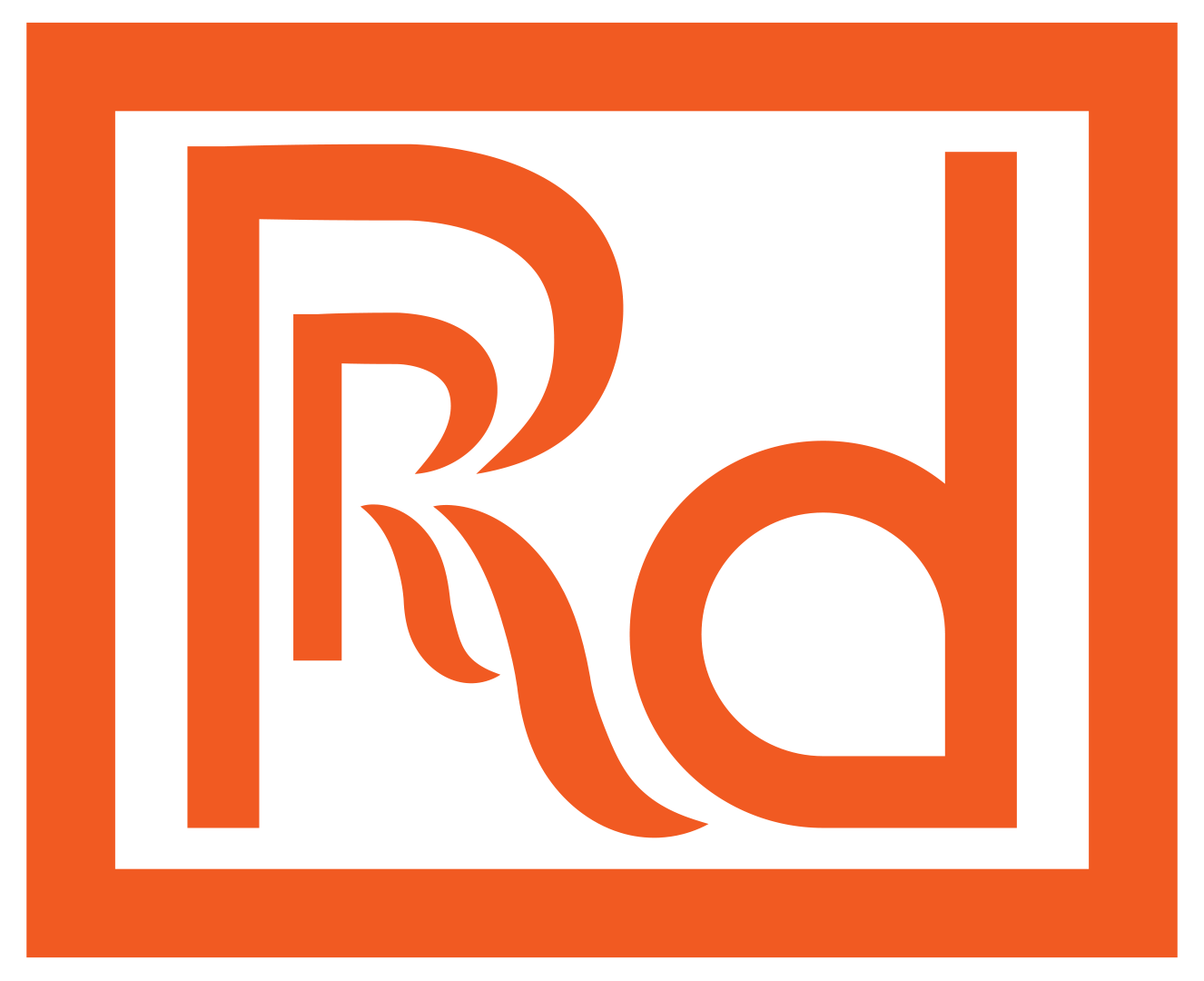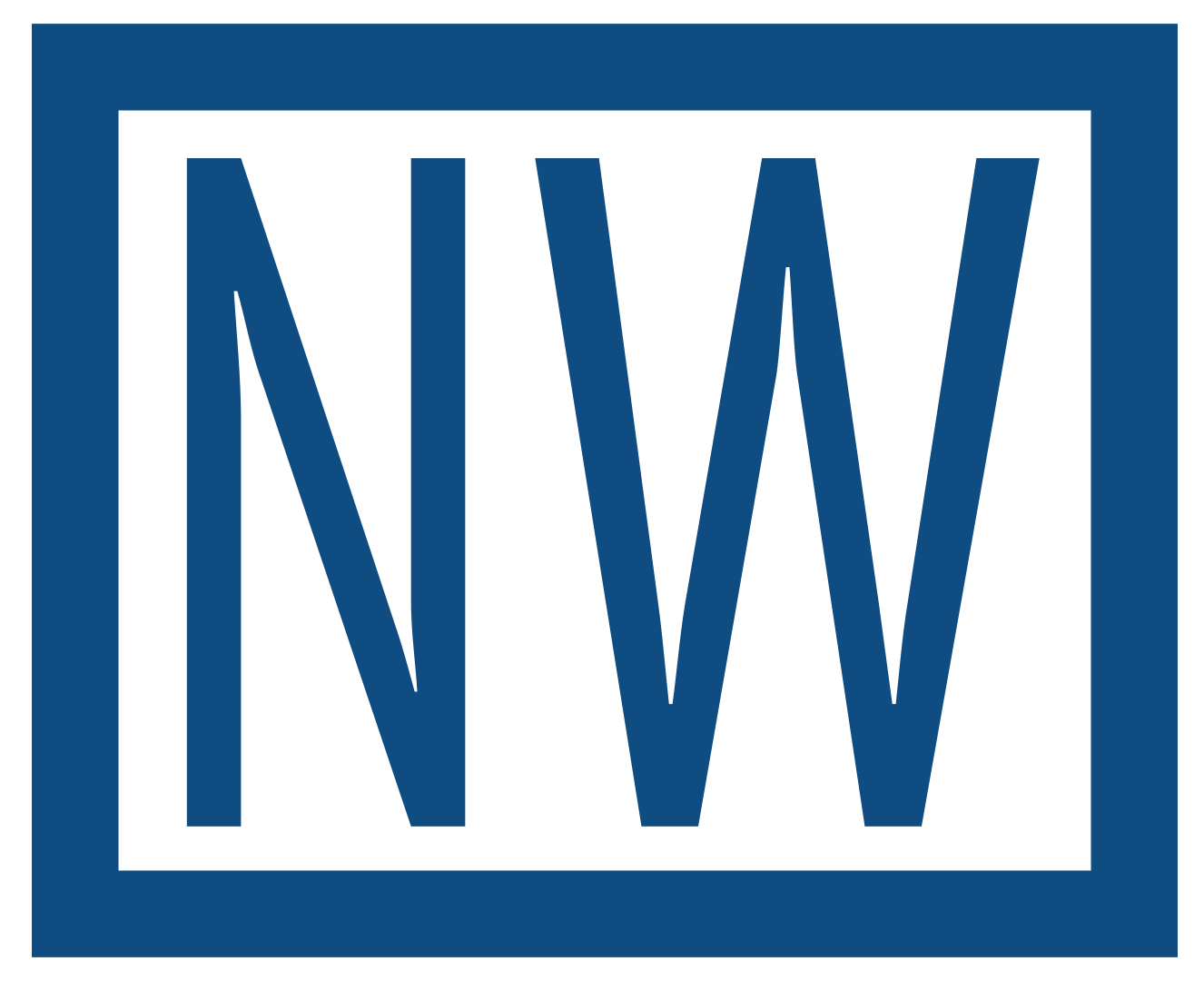$0
Bryne – Justice Assistance Grant (JAG)
Program End Date: 6/30/25
Requests should be for
a 12-month period.
$0
JAG less than $10K
Program End Date: 6/30/25
Requests should be for
a 6-month period.
$22,526
Juvenile Justice & Delinquency Prevention (JJDP)
Program End Date: 6/30/26
Requests should be for
a 12-month period.
$1,350,426
Victims of Crime Act (VOCA)
Program End Date: 6/30/25
Requests should be for
a 12-month period.
$106,908
STOP Violence Against Women Act (VAWA)
Program End Date: 4/30/25
Requests should be for
a 12-month period.
The Edward Byrne Memorial Justice Assistance Grant Program (JAG) replaces the Byrne Formula and Local Law Enforcement Block Grant (LLEBG) programs with a single funding mechanism that will simplify the administration process for grantees. JAG will allow states and local governments to support a broad range of activities to prevent and control crime and to improve the criminal justice system, and include, but not limited to: Multi-Jurisdictional Task Force, K-9 Narcotics Unit, Pretrial Intervention, Criminal Patrol, and Drug Knock & Talk. Programs funded through the JAG (Anti-Drug) Program require 25 percent in matching cash funds.
The procedure for allocating JAG funds is a formula based on population and crime statistics in combination with a minimum allocation to ensure that each state and territory receives an appropriate share. Traditionally, under the Byrne Formula and LLEBG Programs, funds were distributed 60/40 between state and local recipients. This distribution will continue under JAG.
Effective with FY 2019, JAG included a program designated JAG – Less Than $10,000, for agencies that had sufficient statistics on their Uniform Crime Reports (UCR) that do not qualify for grants via direct appropriations.
Title II of the Juvenile Justice and Delinquency Prevention Program (JJDP) is a federal formula grant program implemented by the Juvenile Justice and Delinquency Prevention Act of 1974, as amended through 1992. The purpose of the Act is to provide a comprehensive, coordinated approach to the problems of juvenile delinquency, to improve the Juvenile Justice System in the state and to comply with core requirements of the Act. The program serves juveniles either at risk or already in the system and agencies that provide services to them.
The Victims of Crime Act Formula Grant Program was authorized under the Victims of Crime Act of 1984, Public Law 98-473 to provide financial assistance to states for the purpose of assistance victims of crime through the provision of comprehensive, coordinated direct services. Private nonprofit agencies and local units of government are awarded grants to provide direct services to victims. The areas of priority are spousal abuse, sexual assault, child abuse and previously under served victims. The program requires the agencies provide cash or in-kind match, the use of volunteers and assist victims with filing for compensation through the Crime Reparations Program through the Sheriff’s Offices throughout the State, and encourage reporting to law enforcement.
The STOP Violence Against Women Federal Formula Grant Program was enabled by Title VI of the Violent Crime Control and Law Enforcement Act of 1994( P.L. 103-322). The purpose of this grant program is to serve women who have been victims of violent crime. Applicant agencies include law enforcement and prosecution agencies for the development and implementation of effective strategies to combat violent against women.
Act 148 of the Third Extraordinary Session of 1994 made provisions for the first State funding of the D.A.R.E. program. This annual funding stream of approximately $4,000,000 from a legislative appropriation in the state’s general fund continued until a permanent source of revenue was generated from the proceeds of a one (1) cent tax per pack of cigarettes (also approximately $4,000,000 annually).
In response to the mounting concern about the use of drugs by youth, the LCLE offers grants to sheriff’s offices and police departments who can demonstrate the capacity to deliver the D.A.R.E. program in accordance with the national model. D.A.R.E. is a substance abuse prevention program designed to equip school children with skills for resisting peer pressure to experiment with tobacco, drugs, and alcohol. This program uses uniformed law enforcement officers to teach formal curriculum to students in a classroom setting. Law Enforcement officers must become certified by completing the required D.A.R.E. training offered through a certified D.A.R.E. training center. Grant funds are utilized to pay officer’s salaries, fringe benefits and classroom supplies and to support the state D.A.R.E. Training Center.

